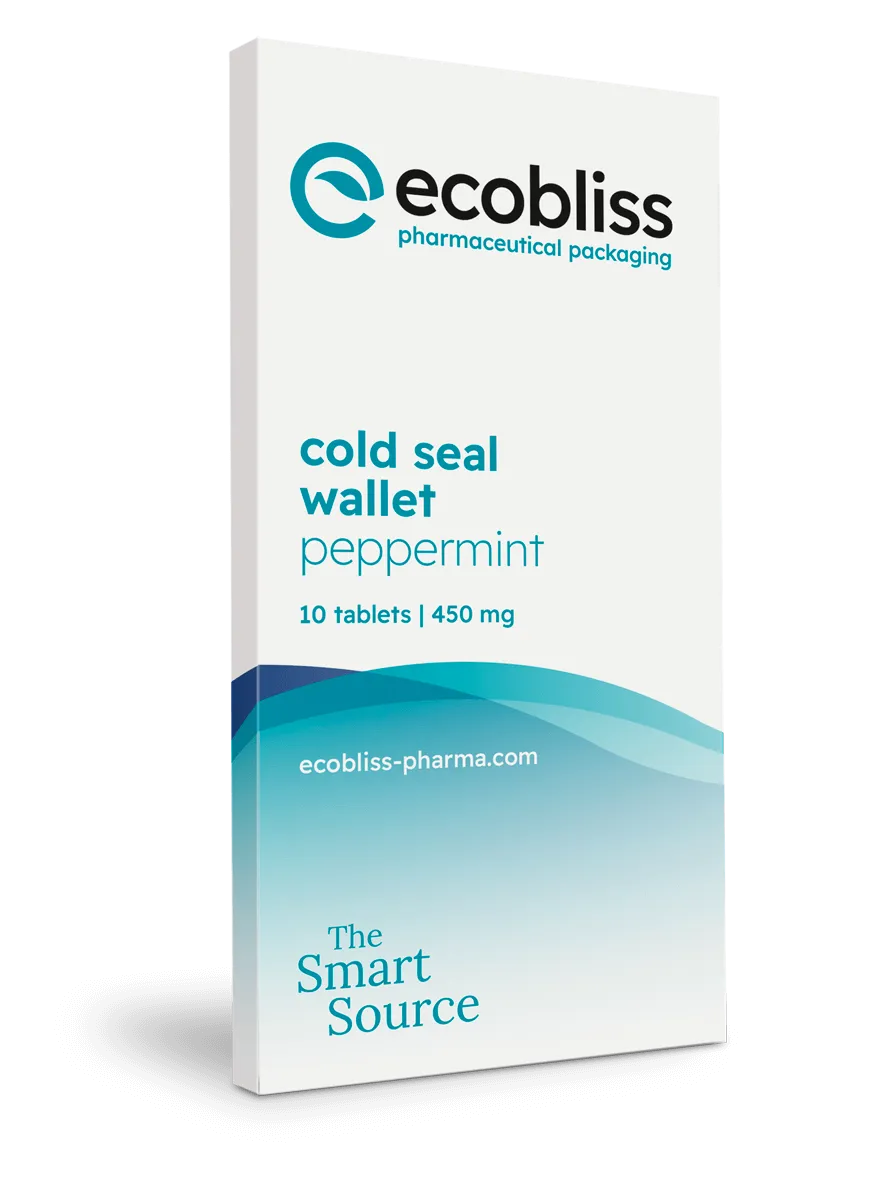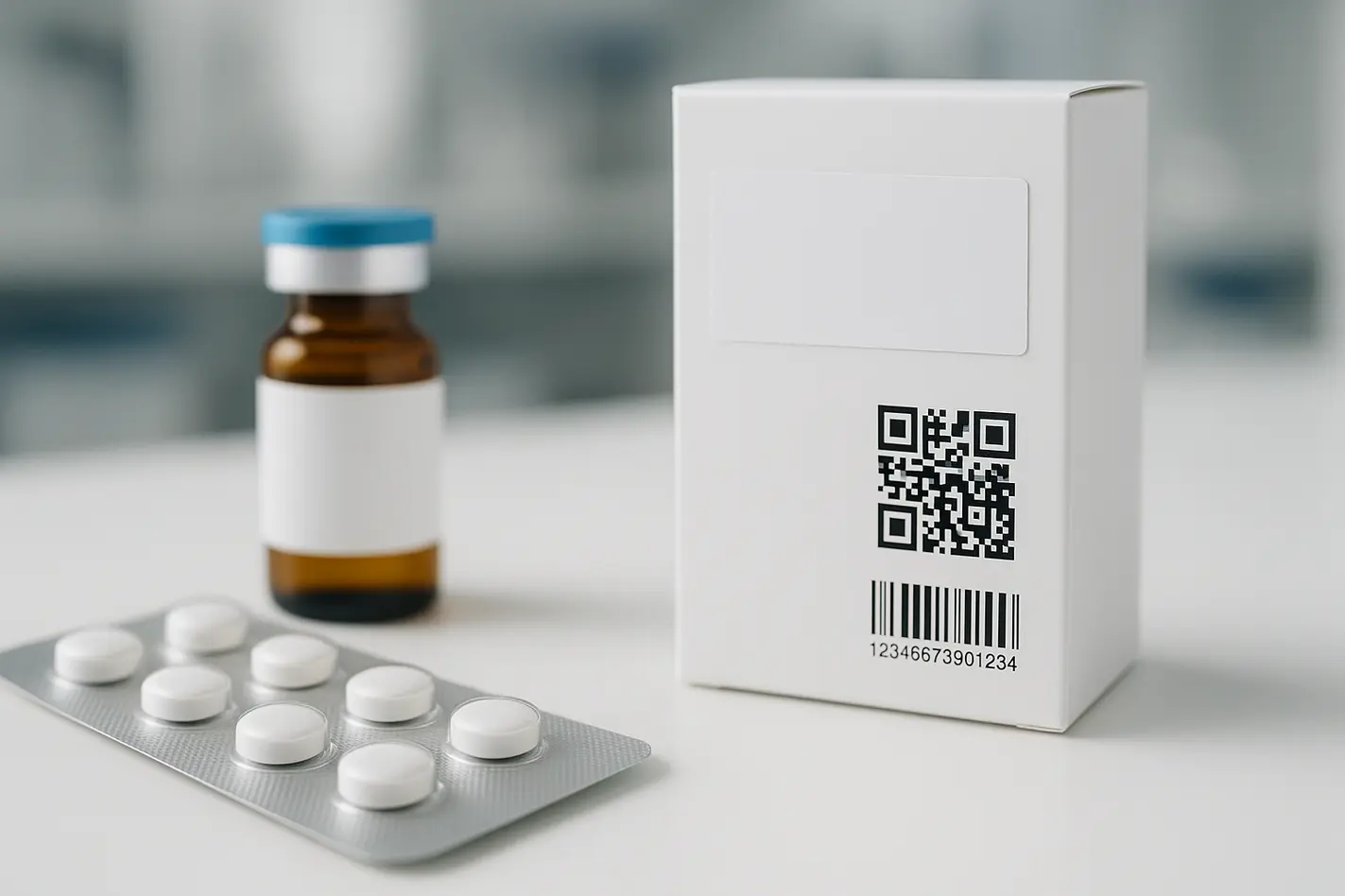Anti-counterfeit packaging for medicines helps keep patients safe by making sure only real, safe medicines reach them. It uses two key tools: unique tracking codes (serialization) and signs that show if someone opened or changed the package (tamper-evidence). These features meet legal rules in both the EU and US, and support patient safety, product security, and supply chain control.
• Anti-counterfeit packaging uses unique codes and seals to protect medicine from tampering or fake copies.
• Serialization in pharma tracks every medicine pack individually from factory to pharmacy.
• Tamper-evident packaging shows clear signs if someone opens or alters the pack.
• EU and US laws require specific safety and traceability features for many types of medicines.
• Good design also supports patient use, such as easy opening, clear instructions, and child resistance.
Why fake medicines are a serious problem
Counterfeit medicines can harm patients by containing the wrong ingredients or none at all. They can lead to illness, loss of treatment effect, and even death. They also damage trust in the healthcare system and create problems for pharmaceutical companies that may face recalls, fines, or loss of brand value. Counterfeits reach the supply chain in several ways:
• Falsification: Fake medicines that copy real packaging or labels.
• Diversion: Real medicines moved to markets where they are not allowed or priced differently.
• Tampered returns: Used or opened packs sent back and resold without proper checks.
Because these problems can affect both patient safety and product quality, anti-counterfeit packaging is essential in pharmaceutical manufacturing and distribution.
Core tools of anti-counterfeit packaging
Serialization of each pack
Serialization in pharma adds a unique 2D barcode on every pack. This barcode includes product ID, batch number, expiry date, and a random serial number. Machines scan it through production, shipping, and pharmacy stages. This allows full traceability of each unit and helps reject counterfeits or verify returns.
Easy-to-spot tamper-evidence
Tamper-evident packaging uses seals, stickers, or tear strips that show if someone opened the pack. The goal is not to stop opening but to show it clearly. Healthcare workers or patients can see if a medicine was touched, and reject it if needed. Together, serialization and tamper-evidence protect against fake, unsafe, or changed medicines.
Rules in the EU and US for traceability
In the EU, the Falsified Medicines Directive (FMD) sets rules for anti-counterfeit packaging. Most prescription medicines must carry two safety features: a unique identifier and a tamper-evident seal. The identifier is recorded in a national database and checked before dispensing the medicine to confirm that the pack is valid.
In the US, the Drug Supply Chain Security Act (DSCSA) focuses on serialization and traceability across all supply chain partners. Manufactures, distributors, and pharmacies share digital data linked to each code. This helps identify fake or recalled products. It also allows checking returns and marking packs as inactive once used or withdrawn.
Though the systems differ, both laws aim to prevent counterfeits and protect public health. They rely on consistent coding, accurate databases, and valid packaging seals.
How packaging technology works
Reliable barcode printing
Serialization requires codes to be clearly printed and easy to scan. We use high-contrast, machine-readable 2D barcodes with suitable spacing. Our inline cameras check all codes for clarity and size. Poor printing, glare, or incorrect position can cause scan errors or stop packs from being accepted.
Good tamper-evident design
Our packaging formats offer seals and closures that show visible damage once opened. These include tear strips, glued flaps, or breakable seals. The chosen design must match pack size, carton type, and patient use. After repackaging or inspection, the new seal must also prove safety with clear visual signs.
Smart authentication layers
Some packs also include visible or hidden markers to confirm authenticity. These include:
• Visible features: Color-shifting foils, holograms, or printed patterns.
• Covert markers: Inks or taggants only readable with sensors or apps.
Digital tools, such as mobile apps or scanning devices, may confirm the identity of the pack by verifying the code with a central database. That creates an extra level of confidence.
Aggregation for packed groups
Aggregation links every unit’s code to its larger group, such as bundles or shipping cases. A master carton may carry its own code that includes the identities of all packs inside. This simplifies checks at warehouses or during transport. One scan confirms the content of the whole container, saving time and improving accuracy.
How risks appear in packaging
Certain risks can lead to failure in anti-counterfeit packaging. These problems may not be easy to detect without special tools or inspection. Common issues include:
• Unreadable codes: Caused by poor print quality, incorrect contrast, or glare from packaging material.
• Weak closure: Seals that open too easily or can be closed again without signs of damage.
• Partial updates: Packs that are opened and reworked but not updated in the traceability system.
We use visual inspection systems to scan and confirm each code on the line. Our packaging design and development for risk control includes space planning, seal testing, and layout reviews. All tamper-evident features go through validation to prove they show damage when interfered with.
European parallel trade makes this even more important. When a medicine is repacked for a new market, the new pack must have a valid code and new tamper-proof closure. If either one fails, the medicine may be rejected by the system.
Some medicines, such as injection pens or inhalers, need extra packaging. These combo products carry special risks during storage and need careful handling. For example, an autoinjector must be safely sealed but easy to open at the time of use. Both the seal and the instructions must remain clear throughout transport and use.
How we support anti-counterfeit packaging medicines
We provide GMP-level secondary packaging for high-value, sensitive medicines. This includes coding at unit and case level, in-line checks, and data control. Based on product flow and volume, we use in-line printing and sometimes pre-coded cartons. Each method includes inspection to detect defects and confirm compliance.
We also offer child-resistant and tamper-evident designs. These include Locked4Kids packs, which are tested for safety at home. They reduce risk to children while keeping access easy for adults. Our formats show clear opening signs and include guidance for use.
Blister wallets with cold seal can be used for biologics or other heat-sensitive products. Cold seal avoids heat during packaging. This protects medicine quality and improves print results. These wallets also allow more space for printed instructions and help users follow correct schedules.
Making safe packaging more sustainable
Good medicine traceability packaging should also support sustainability. We use carton-based packs to reduce plastic and improve recyclability. Cold-seal packs use no solvents and are easier to handle, especially for sensitive contents. Tamper-evident and child-resistant features are built into these packs without reducing safety.
A recent case study of ours shows how this works in one product line. It combines usability, safety, and sustainability in one design that fits both patient homes and healthcare settings.
What makes packaging meet industry needs
Anti-counterfeit packaging in pharma must deliver more than protection. It must also work across the full supply chain. Key needs include:
• High reading success: So barcodes are quickly scanned at all stages.
• Low rejection rates: So safe packs are not wasted due to small errors.
• Clear inspection records: For traceability, audits, and quality control.
• Safe usability: Packs must be easy for adults to open, with clear instructions, and protect children from risk.
We design and test formats that meet these goals, including smart layouts, secure seals, and complete inspection data.
Steps toward better packaging choices
To build reliable anti-counterfeit packaging, start by mapping the risk for each product. Is it temperature-sensitive? Does it risk parallel trade? Is it used at home by adult patients or in clinics? Based on these answers, choose features like serialization, tamper-evidence, child resistance, or aggregation. Then test the design for print quality, user handling, and system scanning.
We support this process at every stage. You can also start by using our quick packaging assessment to select the right packaging solution for your product’s needs.
FAQ
What is anti-counterfeit packaging for medicines?
Anti-counterfeit packaging helps prevent fake, opened, or misused medicines from reaching patients. It includes unique identification codes and clear proof of opening.
Why is serialization important?
Serialization means every medicine pack gets a unique code, usually in the form of a barcode. This makes it possible to verify that a pack is genuine and allows full traceability in the supply chain. It also supports recalls and returns efficiently.
What does aggregation mean in pharma packaging?
Aggregation connects the unique codes of individual packs with the code of the larger case or carton. When the outer case is scanned, all the inner pack codes are automatically identified. This simplifies logistics, tracking, and quality control.
How is tamper-evident packaging used in practice?
Tamper-evident packaging uses seals, stickers, or flaps that clearly show if a pack has been opened or tampered with. Pharmacists and patients can check these signs before using the medicine to ensure it is safe.
Can anti-counterfeit features affect user experience?
Yes. Security features must be effective but also user-friendly. The design should make codes easy to read and the packaging simple to open, ensuring safety without creating frustration for patients.
Request a free sample now!









